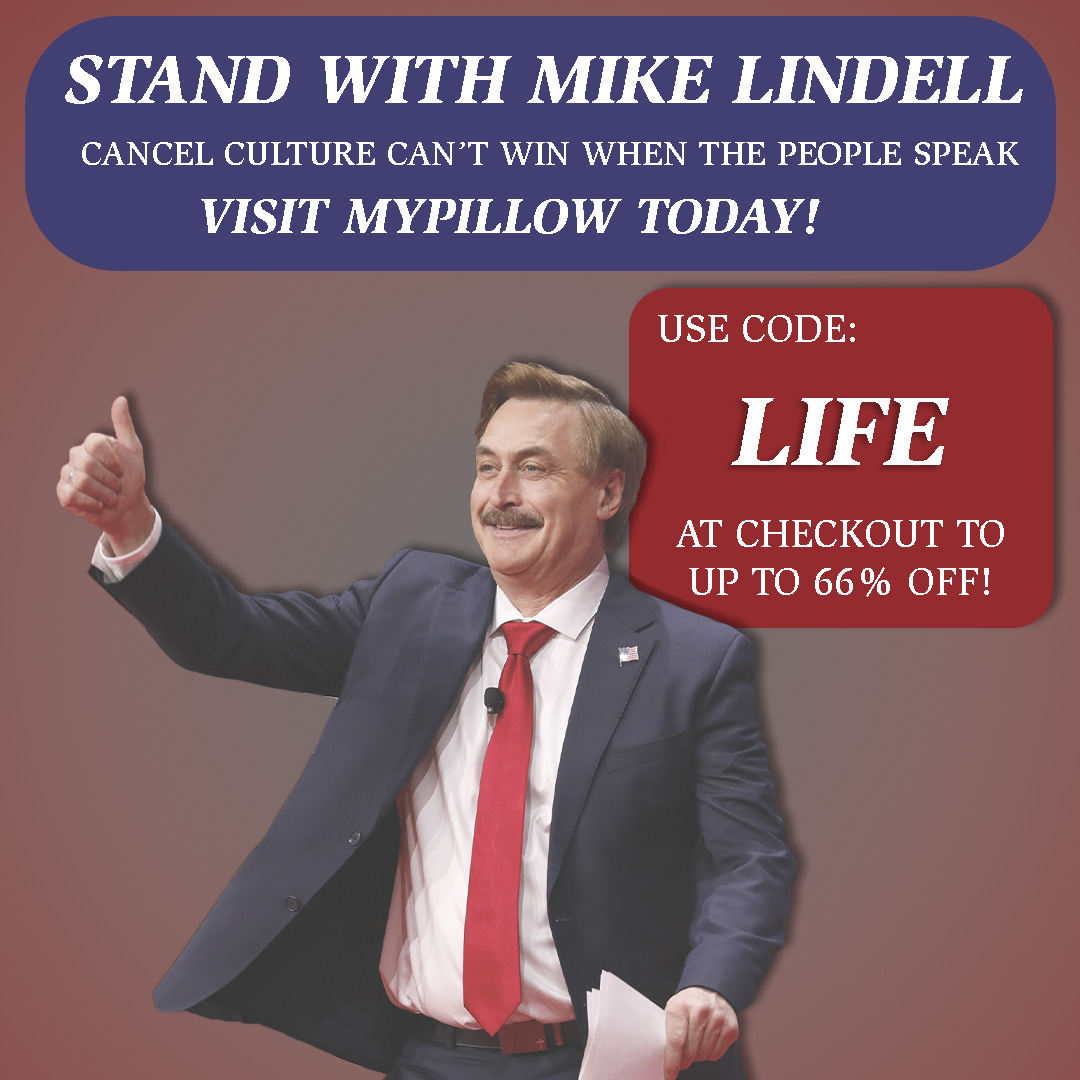Polls indicate that many Americans initially support the idea of physician-assisted suicide, but that support rapidly drops with the amount of accurate information given.
Killing – Contrary to popular misconceptions, the debate about assisted suicide is not about “helping people die a natural death.” Many are confused about end-of-life issues, and are unaware of excellent programs and resources like in-home hospice care. As commonly practiced, assisted suicide is killing an individual who is not in immediate danger of death.
Pain – Effective pain management is available for even the most painful of illnesses and cancers. Unfortunately, many doctors have not yet had adequate training in pain control.ii If the attending physician is not properly treating the pain, don’t kill the patient – get another doctor.
Hemlock Society – The world’s largest and most effective euthanasia propaganda group owes its foundation and growth to one man, Derek Humphry, who has been involved in the questionable suicides of two of his wives.iii Hemlock leaders admit that they seek to legalize euthanasia for not just the terminally ill, but on a “quality of life” basis. This would include the disabled and those with “incurable” illnesses that are not terminal.iv
Kevorkian – A pathologist by training – like your county coroner – his background is in cadavers and diseased cells. His specialty and day-to-day practice did not involve diagnosing or treating living patients. Though many of his victims did have tragic illnesses, few if any could have been considered terminal. All showed signs of depression. Some, after seeing numerous physicians, had been diagnosed as having no physical illness, but as simply psychosomatic (i.e. emotionally ill).v
The medical profession has always rejected assisted suicide. The Hippocratic Oath specifically condemns it. Assisted suicide undermines the basic trust of the doctor-patient relationship. It poses risks of mistaken diagnosis, of coercion, of outside pressure (such as cost-cutting). It creates temptation for overworked doctors to ease their workload and opportunity for the unscrupulous physician to cover up malpractice or misdeeds. If unable to heal, the profession has pledged to comfort, but never intentionally kill, the vulnerable patient in their care.
Suicide is infectious. Suicide clusters, copy-cats, and mass suicides all indicate that it is an act that is dangerously “contagious.” If society approves of suicide as an appropriate solution to one’s problems, the emotionally vulnerable, who often do not show signs of their internal struggles, may well be prompted to an irrevocable decision. This is a particular danger for the disabled, the aged, the infirm, and the medically dependent. vi
